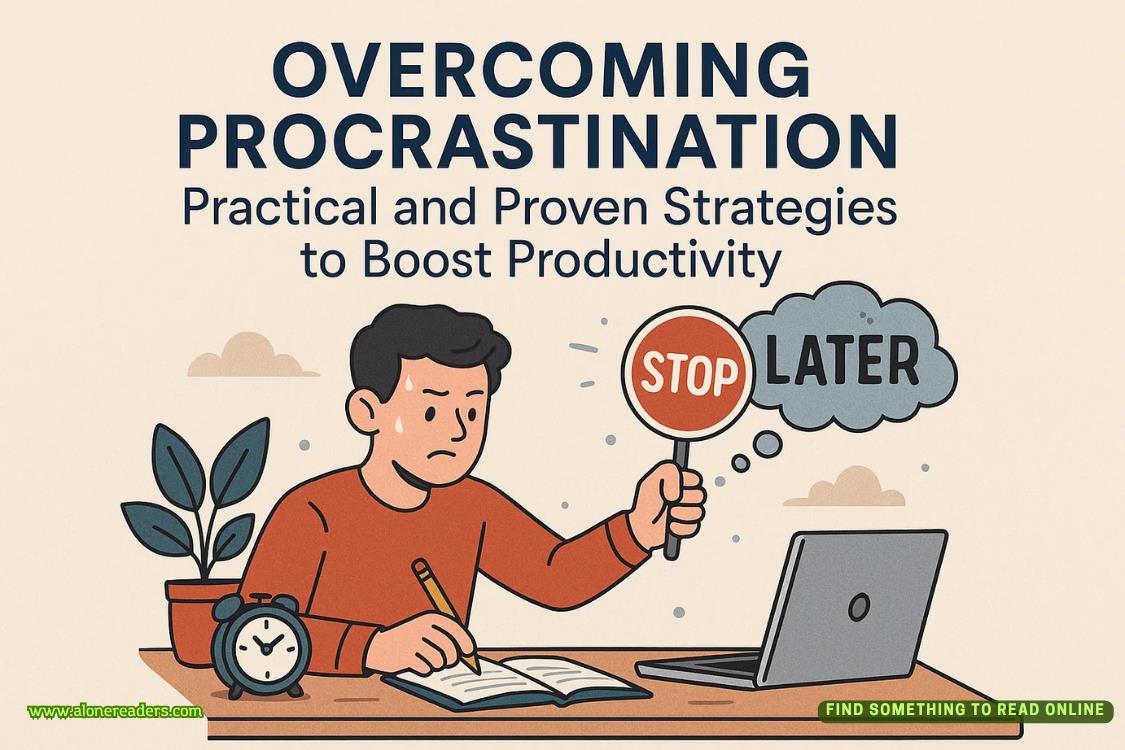Page 36 of X (Kinsey Millhone 24)
11
My tour of the interior was largely unproductive. Hallie Bettancourt had left nothing behind. Somehow she’d managed to furnish the place and then eliminate any trace of physical evidence. Except for the paper clip, of course, which was so ubiquitous as to be insignificant. The house had that odd smell that seems to emerge when human occupants have moved on. I wandered down the hall and peered into the powder room. I tried the wall switch. The power was on. I turned the faucet and discovered the water had been shut off. I moved on to the kitchen. While the residence was designed along sleek, contemporary lines, the bathroom and kitchen fixtures were fifty years old and looked every bit of it. What was top-of-the-line when the house was built was by now sadly outdated.
The walls had recently been painted white, but in the spots where two coats had failed to cover, I could see the original pea green hue. The counters and splashboards were tiled in white, three-by-six rectangles laid horizontally. Subway-style tiling is all the rage again, but here the look was curiously dated. Appliances had been removed, and the refrigerator- and stove-size gaps made the room seem stark and unfriendly. A breakfast nook at one end of the room sported a built-in table with a bench on either side. The padded seats were upholstered in a fabric I remembered from one of the trailers we’d lived in when I was growing up. The pattern bore a black background with violins, clarinets, and jaunty musical notes in lemon, lime, and tangerine. I couldn’t imagine why the seat fabric hadn’t been freshened, but maybe the vintage look was thought to contribute a note of authenticity. I slid into the bench seat and pretended I was a family member waiting for the maid to bring me my breakfast of cream of wheat, zwieback, canned orange juice, and Ovaltine.
In the center of the table, there was a stack of fliers detailing the number of bedrooms (six), the number of bathrooms (seven), and the pedigree of the house, which was on the National Register of Historic Places. I studied the particulars. According to the hype, the architect was indeed Ingrid Merchant, whose landmark work was coveted among home buyers in Montebello. A line in small print at the bottom read PRICE AVAILABLE UPON REQUEST, meaning a sum so astronomical, the agent didn’t dare write it down. Someone had provided the floor plan, showing rooms that were surprisingly small and poorly laid out for a structure that appeared so grandiose from the outside.
The listing was held by Montebello Luxury Properties. The agent was Nancy Harkness. A two-by-four color photograph of her showed a woman in her fifties with streaked blond hair worn in a shoulder-length bob immobilized by spray. I folded the flier and put it in my bag. I was already leaning toward not buying the place, but I wanted to be fair. With a property on the market as long as this one had been, there was probably some wiggle room in the asking price.
It had been clever of Hallie to whisk me through the dining room to the deck beyond, with its cozy propane heaters and its stunning views. I was so dazzled by the expensive wine and her exotic yellow caftan, it hadn’t occurred to me to look closer. Lucky for her. If I’d asked to use the ladies’ room, she’d have been forced to refuse. In the seven bathrooms I’d seen, there wasn’t even one roll of toilet paper.
As there seemed to be nothing left to discover, I let myself out the front door and locked it behind me. I scrambled partway down the hill and shuffled through the underbrush until I found the combination lock. I returned the key to the lockbox and left the lock dangling ineffectually in the busted hasp. I was guessing the entire search (including breaking and entering) had taken less than thirty minutes. Since I was already in the Montebello area, I wound my way down the mountain and drove into the lower village.
Montebello Luxury Properties was tucked into a quaint cottage with an undulating thatched roof, mullioned windows, and a Dutch door painted red. There was a modest strip of parking to one side, and I snagged the only available space. I locked my car and went in, activating an old-fashioned shopkeeper’s bell on a spring. I knew I wasn’t projecting the image of someone wealthy enough to be house hunting in Montebello, unless I was pegged as one of the eccentric rich dressed like a bag lady.
The interior had been renovated and enlarged to a sprawling warren of offices, the entrance to which was guarded by a receptionist whose nameplate identified her as Kim Bass, Receptionist. Like I might have mistaken her for the company president. She was chatting on the phone, taking notes on a spiral-bound stenographer’s pad. When I reached her desk, her gaze rested on me briefly, then returned to her notebook, where she was busy scribbling information. She raised a finger, indicating she was aware of me.
She said, “What time is the Cal-Air on the twenty-fourth?” She listened for a moment, saying, “Um-hum, uh-huh. And the Pan Am is at ten P.M.? What’s that number again?” She made a note. “Anything earlier out of ST? No, that’s fine. I was just asking on the off chance.”











